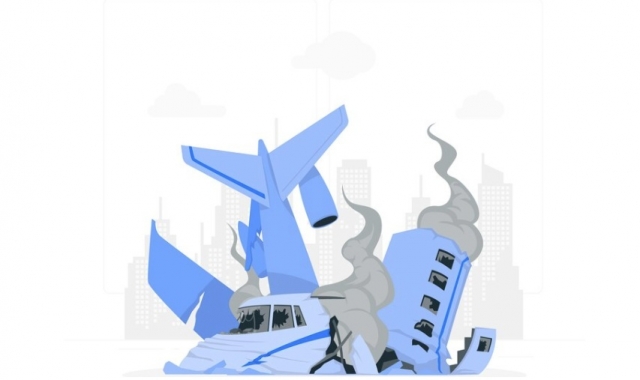The United States handles thousands of flights and ferries a million passengers across the skies every day. The aviation industry generates a trillion dollars in revenue and is an integral part of the economy. It is also known for its remarkable standards of safety, which have been achieved through strict regulations and technological advancements.
However, in recent years, that impeccable standard has been called into question due to the increasing number of accidents. Aviation and plane crash statistics show that such accidents are preventable, provided the proper protocol and safety standards are maintained. This article will talk about safety in the aviation industry and what can be done to reduce accidents.
History of Aviation Safety
President Franklin D. Roosevelt signed the Civil Aeronautics Act, establishing the first organization in the country that oversaw aviation safety. The organization was responsible for overseeing flight routes, establishing safety standards, and controlling prices.
In the 1950s, an air crash happened over the Grand Canyon, where two airplanes crashed mid-air over the canyon. They were not being directed by an air traffic control system at the time and were following visual rules. The Federal Aviation Administration (FAA) was established after this accident, as it became clear that there was a need for a centralized authority to control air traffic.
Since then, aviation safety has improved continuously, reducing the number of air crashes. This is because the aviation authority made efforts to investigate air crashes and implemented measures that reduced similar incidents in the future.
Recent Event That Have Sparked Concern
While it is still safe to fly, and the aviation industry has more or less maintained its standards over the decades, a few accidents in the recent past have brought safety into question.
- Washington Plane Crash
One example is the air crash that happened this year over Washington, D.C. A passenger aircraft collided with a military helicopter on the night of January 29, plunging both aircraft into the icy Potomac. Everyone on board was killed. Flight recordings show that the Black Hawk was warned by air traffic control of the approaching airplane, and the pilot confirmed having sight of the plane, but it's not clear what caused the crash.
What Can Be Done to Reduce Aviation Accidents?
Here's what the aviation industry can do to reduce the number of accidents:
Penalties: Enforce strict penalties for not complying with regulations. When there is a hefty fine or a strict jail sentence attached to an error, people tend to be more careful.
Training: Ensure that everyone on the team, from ground crew to pilots, receives the right training.
Technology: Invest in research so that the best solutions can be found for complex aviation safety problems. Integrate the latest technology into aircraft and control systems, which can help humans make better decisions and reduce human error.
Update Outdated Systems: Update training programs, technology, and other components of the aviation industry when needed so that errors are caught on time and don't lead to catastrophic accidents.
Regular Maintenance: A lot of accidents happen due to worn-out parts or mechanical errors, which can be prevented if maintenance is carried out correctly. It's important to implement systems that give mechanics enough time to repair any mistakes and not hurry to meet airline schedules, missing critical errors.
With reference to the Washington incident, a few things that can be considered include:
- Giving the pilots and crew advanced emergency training.
- Altering the flight route.
- Updating emergency response measures.
Conclusion
To conclude, the aviation industry is a critical component of American life. Without it, life would be very challenging. However, it is important for there to be adequate safety so passengers don't have to worry about dying every time they board a plane. Implementing the latest technology, giving mechanics enough time to inspect aircraft, and improving emergency response tactics are some things that can be done to improve safety in the airline industry.






